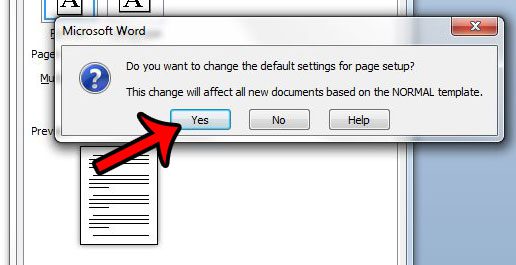
To set or adjust the Left margin, move the mouse pointer over the margin boundary on the left of the horizontal ruler.Position the insertion point in the section you want to set or adjust its margin.Display the document in either Print Preview or Print Layout view, and make sure also that the rulers are displayed.It is then you can click and drag the margin boundary to one of the directions indicated by the arrows, to expand or to contract the size of that margin. When you move the mouse pointer over a margin boundary, the shape of the pointer changes to a double-headed arrow. To set margins with the ruler, you will have to display the document in either Print Preview or in Print Layout view, and also make sure that the rulers are displayed. The margin boundaries on the top, bottom, left and right ends of the rulers are used to set or adjust the Top, Bottom, Left and Right margins respectively. The margin boundaries are located on the far left end and on the far right end of the Horizontal Ruler, while on the Vertical Ruler, you find margin boundaries also located on the top and bottom ends. A margin boundary is the point marking the boundary/division between the gray and the white portions on the horizontal or vertical ruler. The margin boundaries on the vertical and horizontal rulers are used in setting margins using the rulers. Dividing a document into sections will enable you define varying settings or page layouts within or between pages in the document. However, if you do not know yet how the overall document should look like, you can still stick to the default page setup and change it afterward. These options all affect the appearance of a page.

If you already know before you start a new document the particular way you want the document to look, then start by setting up the document by specifying the paper size, orientation of pages, margins, gutter, header and footer, page numbers, columns, etc. It is good practice, and often easier, to define the page settings before you begin a document. It is often worth the effort spending quality time setting up or formatting document pages appropriately, because this is the only way to get a document with consistent look, carrying evidences of a professional touch.

Among others, formatting pages includes setting/changing paper size, page orientation, margin, page numbers, header and footer elements, etc. Just as characters and paragraphs can be formatted, document pages can also be formatted in various ways in Word.


 0 kommentar(er)
0 kommentar(er)
